
by L Baures | Mar 20, 2018 | Trusted Auto Pros
1. FIAT is an acronym
You probably didn’t know about Fiat that the word itself is an acronym. “Fabbrica Italiana Automobili Torino” is what it stands for. Which translated from Italien to English means Italien Automobile Factory Turin. In Latin, it means, “let it be done”.
(more…)

by L Baures | Mar 15, 2018 | Trusted Auto Pros

Usually, this is everybody’s biggest fear when it comes to purchasing a new vehicle.
What is my truck value, or how much money will I get for my car?
Does the value of my trade come from a magical unicorn in the clouds on a sunny day?
What is ‘book price’ and where do they get these numbers from?
Where do I find out the real value?
What is depreciation?
Unfortunately, cars are depreciating assets, because we use them. They don’t get any newer (although that would be nice!).
This means as soon as you drive, the value of your vehicle drops.
Mileage, as well as wear and tear, are all incurred in the life of owning a vehicle (Unless you have an extremely rare vehicle that you keep tucked under a fluffy blanket in a heated garage somewhere).
Each vehicle has different rates of depreciation depending on factors such as fuel prices, the market, manufacturer publicity, supply and demand, and perhaps the area you live in.
The average vehicle depreciates 15-20% in the first year. According to CARFAX over 6 years, “the average vehicle loses 60% of its total value”.
What is ‘book price’?
Back in the day, the dealership would subscribe to a book (sent every month) that had an estimate of the value of a vehicle.
In this book, the dealer would look up the make and model, check depreciation, then go to a chart at the back to determine how much to add or subtract for mileage difference.
For example, a Toyota Corolla S might say it was worth $10,000 but it had 30k miles more than it should for its year (based on average miles) so that would have meant, for example, subtract $1000.
This takes the estimated value to $9000 based on the vehicle being otherwise absolutely perfect.
What if the trade is not in perfect condition?
The dealer would then have to take into account to the amount of prep or repair work needed to get that vehicle back up to nearly perfect (also know as clean), subtracting that amount from said value. For example, say the car had 4 bald tires and a deep scratch, this could potentially mean another $1100 subtracted from the value, making the car worth around $7900. On top of that is then sales preparation costs, such as mechanical inspections and detailing, further lowering the price.
Guides
Today, there are several ‘books’ available which everyone has access to. There is Kelley Blue Book (KBB), NADA Guide and the Black Book. Prices can vary wildly between books, so where do they get these numbers from? The reality is, any tangible object in this world is only worth what someone is willing to pay for it. Kelley Blue Book get’s their data from wholesale auctions, dealers, financial institutions, and private party transactions. This allows them to see what people are paying/selling the vehicles for. This data is then used to update their estimated vehicle car values weekly.
NADA (National Automotive Dealers Association) gets their data from wholesale transactions, retail transactions, AutoTrader, manufacturers, and retailers. “We also take into consideration MSRP, invoice, equipment assumptions, as well as supply and demand and other macro- and micro-economic factors and the competitive landscape of vehicles”.
Why ‘the book’ can be wrong for a trade-in.
Although these companies can collect data, none of them are actually in the business of buying and selling vehicles. You will also notice that if you go onto any of their websites, you will notice advertising and some of them may even have you enter personal information. The information given on pricing and values is a GUIDE, not a definitive value or answer.
There will be exceptions to the guide for trades. For example, a RWD sports car is going to be worth less than guide value if you are trying to sell somewhere that has snow almost all year round. It is going to be harder to sell. Another example might be a nearly new truck with high miles. Just as an example, if you put in a 2015 Ford F-250 Super Duty V-8 gas engine with 350,000 miles. The ‘book value’ comes out at $18,615. Would you pay nearly $19K for a vehicle that has 350k miles? Probably not.
Dealers will glance at the books as a guide and only a guide for trades. They not only take into consideration; the make, model, year, mileage and the amount of prep work, inspections, and repairs needed to bring the vehicle up to a clean status, but also what is going on around locally. What is selling, what is getting traded in, what sells fast , what doesn’t, is there a lot of them or are they rare, is it a bad model year for problems, salvage title, accident reports etc so there is a lot more goes into determining your trade value than you might think. It’s not a number delivered by a magical unicorn from the clouds on a sunny day.
To get the best possible price for your trade, the car/truck should be in pristine condition. No dents dings, good tire tread, and all maintenance done. If you feel that you been offered an unfair trade value, you can always try selling your vehicle privately for the amount you think is fair or you can try the Kelley Blue Book Instant Cash Offer.
Pay-off is not the same as value.
When you finance a vehicle, you are paying interest on the loan amount. This means you are paying more on a depreciating asset and can end up being ‘upsides down’. This means you owe more than the vehicle is actually worth. Some ways to avoid this is to maintain good credit ( to keep rates low), make higher payments than required, finance over a shorter term or make a large down payment when initially buying.
Blue Book Vs Black Book
“Automotive Tools Tips Advice – Kelley Blue Book.” Kbb.com. Kelley Blue Book, n.d. Web. 11 May 2017.
![How To: Program Memory Seats on GMC, Chevrolet, Buick [Video]](data:image/svg+xml;base64,PHN2ZyB4bWxucz0iaHR0cDovL3d3dy53My5vcmcvMjAwMC9zdmciIHdpZHRoPSIxMDgwIiBoZWlnaHQ9IjY3NSIgdmlld0JveD0iMCAwIDEwODAgNjc1Ij48cmVjdCB3aWR0aD0iMTAwJSIgaGVpZ2h0PSIxMDAlIiBzdHlsZT0iZmlsbDojY2ZkNGRiO2ZpbGwtb3BhY2l0eTogMC4xOyIvPjwvc3ZnPg==)
by L Baures | Mar 12, 2018 | Trusted Auto Pros
Where are the GMC memory seat buttons?
On the driver’s side door panel of your GMC, Chevrolet, Buick or Cadillac, you’ll notice a set of buttons that say SET, 1,2, followed by an image of an open door. Of course, these might vary slightly depending on the year and trim level of your vehicle. The process to program the seats, however, is similar. These features can be turned on or off using the vehicle personalization menu. When you find the perfect settings, then program the memory seats, they can automatically go back to your favorite settings.
(more…)
by L Baures | Mar 7, 2018 | Trusted Auto Pros
Reader question:
A local Wyoming reader sent us a question asking which vehicle would be a good option as a photography work vehicle. Ron Hayes of Western Wildlife Images works as a professional photographer traveling all over the State and out in the wilderness of Wyoming. Hiking and packing big camera’s and lenses are part of the job, yes, but is a whole lot easier if that can be reduced. Therefore a little off-roading may be necessary at times to negotiate rough terrain, so something with 4WD/AWD and some ground clearance. He may also have to camp out and sleep in the vehicle,(those perfect photo moments sometimes require a lot a patience) so requests something that has folding seats, preferably with a 3rd row (for more room). Budget is around $20k. Good fuel consumption would be a bonus.
Criteria summary;
- Good ground clearance.
- AWD or 4WD.
- 3rd-row seating.
- Fold flat seats.
- $20k budget.
- Good fuel consumption a bonus.
Based on the criteria here are some vehicles we came up with. Obviously, prices of these vehicles will vary depending on year/mileage and condition etc. but most should be attainable for around $20k with without having crazy high miles.
Toyota Highlander
-

-
2011 Toyota Highlander. Photo: Toyota
-

-
Toyota Highlander rear folded. Photo: Toyota
-

-
Toyota Highlander Interior Rear 2nd and 3rd row folded. Photo: Toyota
This SUV is a mid-sized crossover that has 3rd-row seating (can seat up to 8) with the ability to fold completely flat. The 3.5 liter V-6 in the 4WD model gets EPA mileage ratings of 23 mpg on the highway, 17 mpg in the city and combines rating of 19 mpg. There is also a hybrid option for the Highlander that takes fuel economy up to 26 mpg combined. Ground clearance is 8″ so right up there at the top for ground clearance. Cargo volume is 95.4 cu.ft in the second generation Highlanders (2007-2013).Downhill assist and ‘snow’ mode would be beneficial in off-road situations. The downside of this vehicle is finding one. They are sought after and sometimes hard to find.
Jeep Commander
-

-
2010 Jeep Commander. Photo: FCA
-

Jeep Commander’s were made from 2006 to 2010/11. A strong contender as far as the off-road portion and seating set-up. The Commander has 8.3″ of ground clearance. Depending on trim levels it can come with Jeep’s Quadra-Trac or Quadra-Drive four-wheel drive system as well as low range gears and limited slip differentials. A mid-sized SUV, the Jeep has 3rd-row seating which can also be folded flat along with the second row. Cargo volume is around 68 cu. ft. Engine choices include a 3.0-liter diesel, a 3.7 liter (gas), a 4.7 liter (gas) and a 5.7-liter HEMI V-8. You may automatically assume the 5.7 get’s the worst mileage. Actually, the 4WD HEMI is EPA rated at 19 mpg on the highway, 13 mpg in the city and 15 mpg combined, however, the 4.7-liter on E85 doesn’t get the best fuel consumption. A great option for off-road capability though.
Chevrolet Tahoe/GMC Yukon
-

-
2011 Chevrolet Tahoe
-

-
Removable seats in Chevy Tahoe
A full-size SUV, the Chevrolet Tahoe has ample cargo space at 108.9 cu.ft. Whilst the Tahoe models years within budget (by a hair) don’t have fold flat seats like the newer models, but they are removable. The downside to removing the seats is that you either have to remove them completely (ie leave them at home so you’re without them completely) or compromise space by finding somewhere to store them in the vehicle. The other obstacle is that once the seats are removed, you are left with the brackets on the floor. For sleeping purposes, these would have to somehow be covered. A mattress would probably do the trick. The 5.3 liter V-8 is probably the most common engine to be found in the Tahoe. EPA fuel economy ratings are at 19 mpg on the highway, 14 mpg in the city and 16 mpg combined. Hybrids are also available with a combined rating of 20 mpg in the 4WD version. For slightly more room, the Suburban and Yukon XL could be options too, however, this might mean going over the budget slightly.
The nice part about the GM vehicles is that (depending on the year) they have OnStar capability (on a subscription basis). This could potentially mean emergency assistance in the middle of nowhere, which could be important for those exploring the wilderness. OnStar can use GPS coordinates to locate the vehicle. Although it is still possible to lose complete service, Onstar partners with various cell networks to provide coverage. A 2013 Chevrolet Tahoe has 9.1″ of ground clearance. The Tahoe/Yukon/Suburban/Yukon XL may also have the 2nd row with captains chairs in which case, the folding will not be completely flat.
Toyota Sequoia
-

-
Toyota Sequoia. Photo: Toyota
-

-
Sequoia rear seats folded
The 2nd generation Toyota Sequoia is the top of the line full-size SUV from Toyota. It has a ‘true’ 4wd system where the driver can manually select 4H or 4Low. This makes this 3rd-row vehicle another great off-road contender. Ground clearance is amazing with 10″ available to negotiate rough terrain.The 2nd row of seats can slide and the 2nd and 3rd row fold flat. With the 2nd row being able to slide, the means the gap between rows( when they are folded) can be minimized. Total cargo volume is around 120 cu.ft. Engine choices include a 4.6 liter, 4.7 liters and a 5.7 liter. As an example for fuel economy, a 2011 Sequoia with the 5.7 liter V-8 is EPA rated for 18 mpg on the highway, 13 mpg in the city and 15 mpg combined. Higher end trim levels on the Sequoia will rival that of luxury SUV’s. This option may also break the budget a little dut to availability, however, is still possible. The Sequoia may also have the 2nd row with captains chairs in which case, the folding will not be completely flat.
Toyota 4Runner
-

-

-
Toyota 4Runner, Photo: Toyota
A fifth-generation 4Runner, this mid-size SUV is smaller than the Sequoia and Highlander with around 89 cu.ft. of cargo volume. Third-row seating in the 4Runner is an option from the factory so not all 4Runners may have the 3rd row. If they do, the 3rd and 2nd row do fold flat. Also, a very capable off-roader, the SUV has features like crawl control in the higher level trims. The powertrain in the 4Runner is a 4.0-liter V-6 gas engine paired with a 5-speed automatic transmission. Fuel economy is EPA rated at 22mpg on the highway, 17mpg in the city and 19 mpg combined. Ground clearance on the 4Runner is 9.6″.
Ford Expedition
-

-
Photo: Ford
-

Third generation (2007-2017) Ford Expedition’s could be a possibility. Ground clearance is a little than some of the others, at 8.7″, but still more than some other SUVs. Engine choices are a 5.4 liter V-8 or the 3.5 liter Ecoboost (turbo) paired with a 6-speed automatic. 4 High and 4 Low possible with the BorgWarner two-speed transfer case. Fuel economy in the 4WD with the 3.5-liter engine is EPA rated at 20 mpg highway, 15 mpg in the city and 17 mpg combined. Cargo volume is around 108 cu.ft. The Expedition EL is a longer version of the vehicle and cargo volume on that goes up to 130 cu.ft.
Subaru Outback (wildcard)
-

-
Photo: Subaru
-

-
Photo: Subaru
The Subaru Outback and Forester almost have identical cargo volumes. Neither have 3rd-row seating, but with the Outback being a station wagon, it is longer, so we included this one as a wildcard. Ground clearance is 8.7″. Also, unlike the others, the Subaru is AWD and not 4WD, which does take away some of the controllability factors for off-road, but nonetheless, the complex symmetrical AWD system is still a capable vehicle. Cargo volume is around 71 cu.ft. (using a 2012 model year as an example). The previous generation has slightly less. Engine choices are a 2.5-liter H4 or the 3.6-liter H6 (somewhat rarer). Also available in a manual or automatic transmission. Fuel economy on a 2012 2.5liter auto is EPA rated at 28 mpg on the highway, 21 mpg in the city and combined 24 mpg.
Summary
Looking at the numbers for ground clearance, cargo capacity and mpg, (on paper at least), the Sequoia comes out the top choice, followed by the 4Runner. However, it also important to test drive these vehicles and make sure they are comfortable for your particular driving style. Another factor here is being able to find something reliable within budget. Model year, mileage, trim levels and availability will impact price. Always ask to see the Autocheck report for accident reports.
Luxury vehicles were not included here, as this would most likely mean going over budget or have higher miles. They also may have higher maintenance costs with fewer dealerships around (in rural areas) for support.
Thinking outside the box, another option may be a pickup truck with an over the bed camper or to modify an SUV to make it a camper.
Do you have any other vehicle suggestions?
Let us know by commenting below!

by L Baures | Mar 2, 2018 | Trusted Auto Pros
February 17th was the 26th annual API Chili cook-off at the Events Center in Casper, Wyoming. Presented by the Central Wyoming Chapter of the American Petroleum Institute. The event is a competition where businesses can show off their cooking skills and go to head to head against other businesses. Thousands of people flock to the event to try out all the various types of chili’s made.

Photo: Brett Osborne
The API Chili Cook-off is a pretty big deal in Casper, not only do you get to sample a huge selection of Chili’s for $10 but 50% of the proceeds go to local charities. The Calcutta event means 50% of the monies gets split between the winners of 1st 2nd and 3rd in each category. Winners of each category get 25%, 2nd place 15% and 3rd 10%.
Brett Osborne, Fleet Manager at Fremont Motors along with Tammy Corkill, Ashton Engstrom and many other family members competed this year in the Green Chili category. Their pork recipe took them all the way to top winning first place in the blind judging contest!
“It’s bittersweet to have won this year with it being my 25th year doing this”, said Brett. We asked, what was your inspiration for choosing a green chili? “Well, I normally make a red chili, but with switching over to Fremont Motors, I decided to switch to green”. This is the 2nd year that Fremont Motors has participated in the event. Brett went to on nostalgically describing how he remembers when the event first started, it was held at the Industrial building (at the Fairgrounds in Casper) and there were only about 8 cooks at that time. “It’s pretty cool to see how it has grown”.
45 teams altogether competed. There were 17 other entries for the green chili category. There is also a Peoples Choice winner, which was won by Homax. Brett looks forward to competing again next year.

Brett Osborne and Tammy Corkill with their winning Trophy.
Well done Brett and team!
Here are the results:
Red Chili
1 – 1st Interstate Bank
2 – DNOW
3 – SM Energy
Green Chili
1 – Fremont Motors Casper
2 – Western Environmental
3 – Well Control Products
People’s Choice Award
Homax
Showmanship
NOV Wellborne
The proceeds generated from the Chili Cook-Off help support local charitable organizations including:
- CAP (Children’s Advocacy Project)
- Central Wyoming Hospice Program
- Make-A-Wish Foundation
- Meals on Wheels
- The ARC of Natrona County
- Special Olympics Wyoming
- Jason’s Friends
- Brain Injury Association
- Safe Kids of Central Wyoming
- A.P.I. Scholarship Fund
- Wyoming Food For Thought
- Seton House
- Many of the medical funds established in our community

by L Baures | Mar 1, 2018 | Trusted Auto Pros
What is a service?
A service for your vehicle is routine maintenance, such as an oil change and filter replacements. These are usually scheduled for certain mileage milestones or when your vehicle tells you through your driver information display. Servicing is a must to keep your vehicle in good running order. Services are different from repairs.
What is a repair?
Repairs are when something goes wrong with your vehicle (which does happen) that isn’t supposed to, such as the radio not working, or a u-joint going. Depending on the year and mileage of your vehicle, some items that need to be repaired may be covered under warranty. A warranty on a brand new vehicle is kind of a guarantee that the vehicle will not break under normal operation. So if it does, the manufacturer will repair the problem free of charge under warranty.

Do I risk voiding my warranty if I don’t go to the dealership I bought my vehicle from?
For routine maintenance and servicing, no. You can take your vehicle to any lube shop or dealer to have routine servicing such as oil changes done. These are usually pretty straightforward and Consumer Reports says, “Federal law gives you the right to service your vehicle wherever you like without affecting your warranty coverage”. You may have bought a Toyota from a Dodge dealership, but if you want, you can take it to GMC or a local lube shop to get serviced.
Are there advantages to taking my vehicle to the manufacturer dealership?
Yes. Regardless of which brand vehicle you drive, every dealer is an expert in their own particular brand. They also have a lot more access to information on their brand than a local repair or lube shop would. You may take your vehicle in for a routine service like an oil change at your local lube shop but they will be blissfully unaware of any recalls. they also won’t be aware of TSBs (Technical Service Bulletins) or common issues with that brand.

When taking your vehicle to your manufacturer dealership, even for just an oil change, they will be able to tell you if there is an open recall. The advantage is that they may be able to do it at the same time as the oil change, meaning you don’t have to make appointments at various places. This makes life a little less inconvenient and there is no extra cost for recalls and sometimes TSBs. “Mechanics in your dealership’s service department are specifically trained and certified in all aspects of your model’s service needs, and the shop will be equipped with all of the necessary diagnostic equipment”.
Keep your receipts
It’s worth noting that if you do ever have to make a warranty claim with a manufacturer that they may ask for proof of routine servicing. Check to see if the local lube shop keeps records, if not keep your receipts. Dealerships will keep records electronically and these may also be reported on Autocheck reports. This means that everyone can potentially see that the vehicle has been maintained.
“Where to Go for Maintenance and Repairs.” Where To Go For Maintenance And Repairs | Car Maintenance – Consumer Reports. Consumer Reports, Feb. 2014. Web. 28 Apr. 2017.




![How To: Program Memory Seats on GMC, Chevrolet, Buick [Video]](https://tap.fremontmotors.com/wp-content/uploads/2018/03/memory-seats-gmc.jpg)
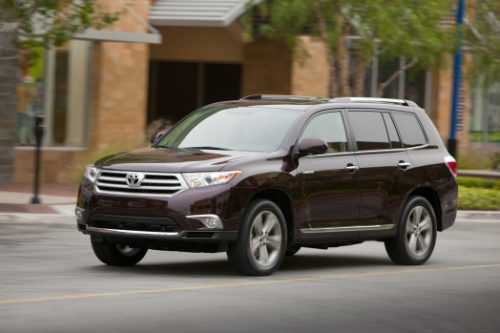
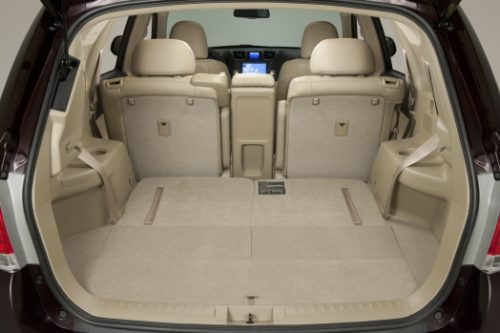
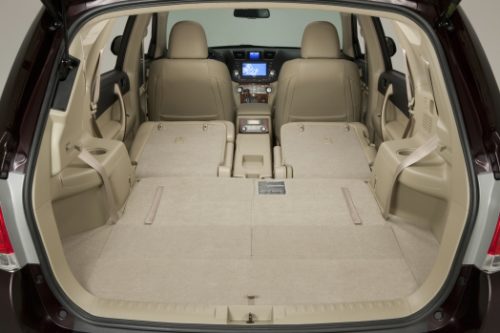
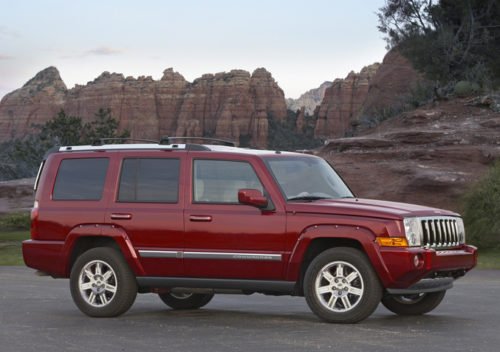
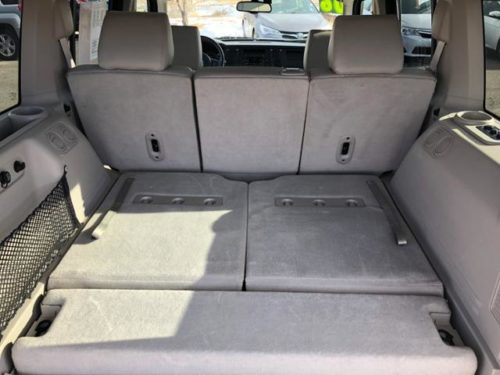
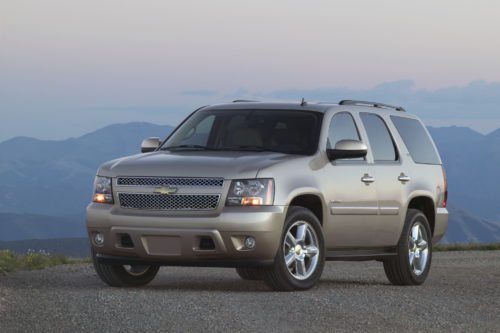
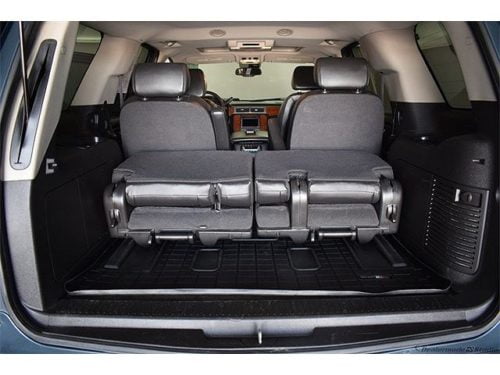
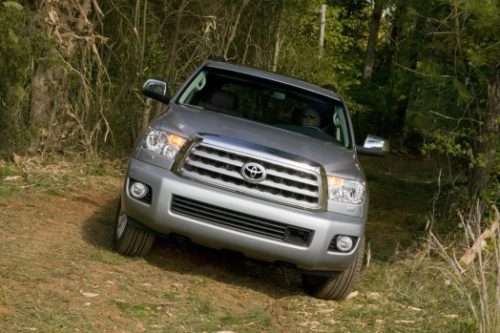
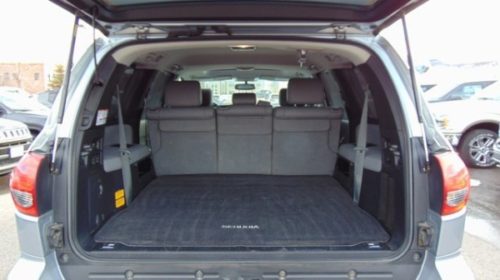
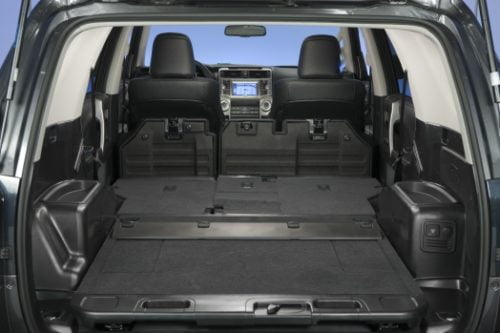
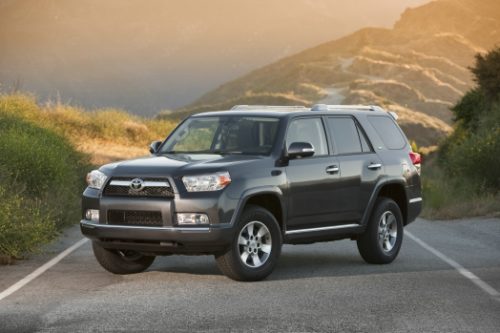
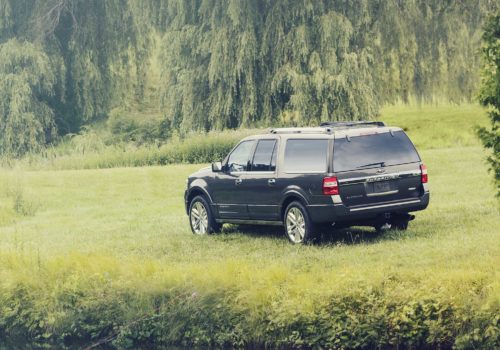
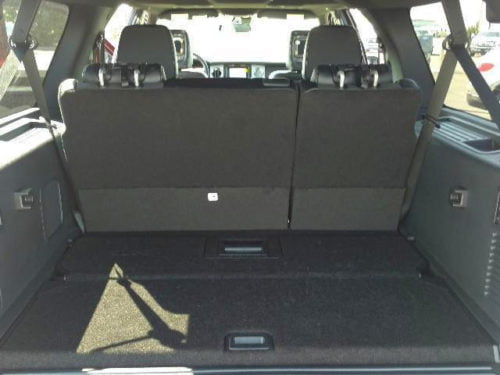
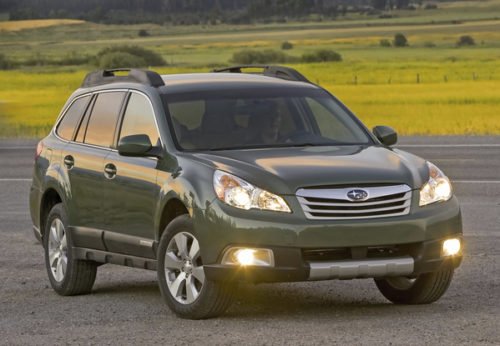
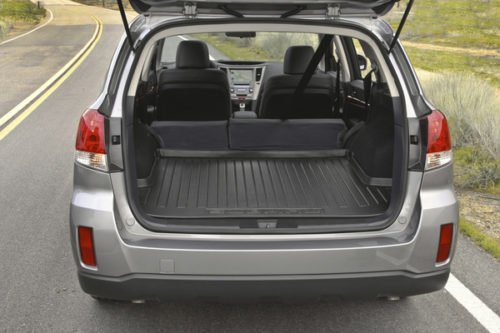



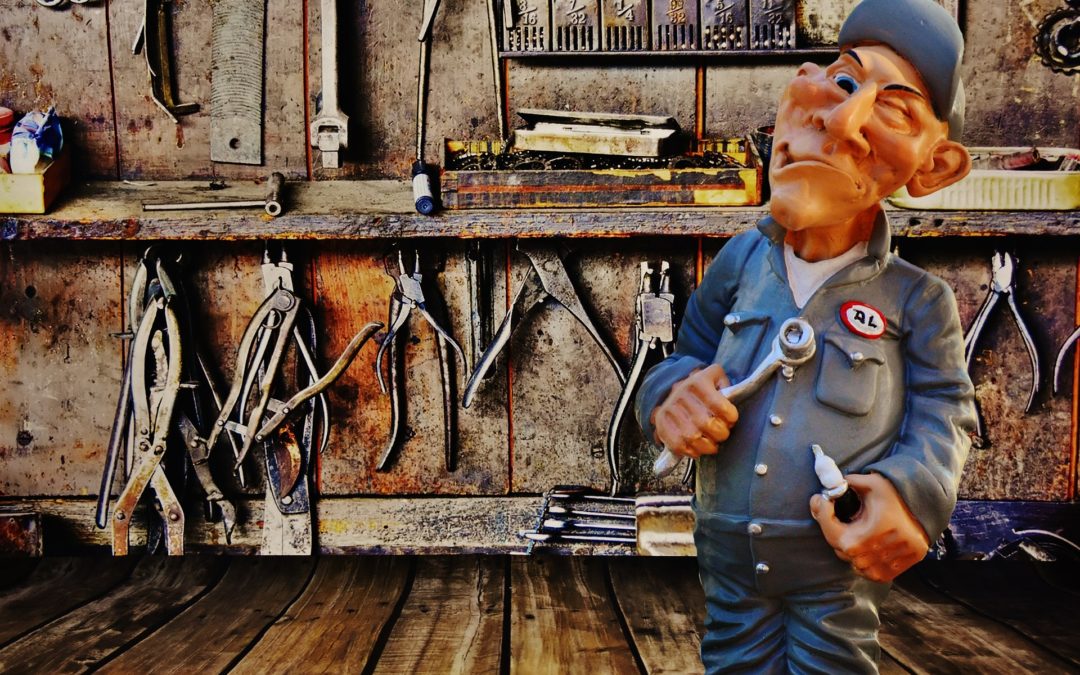


Recent Comments